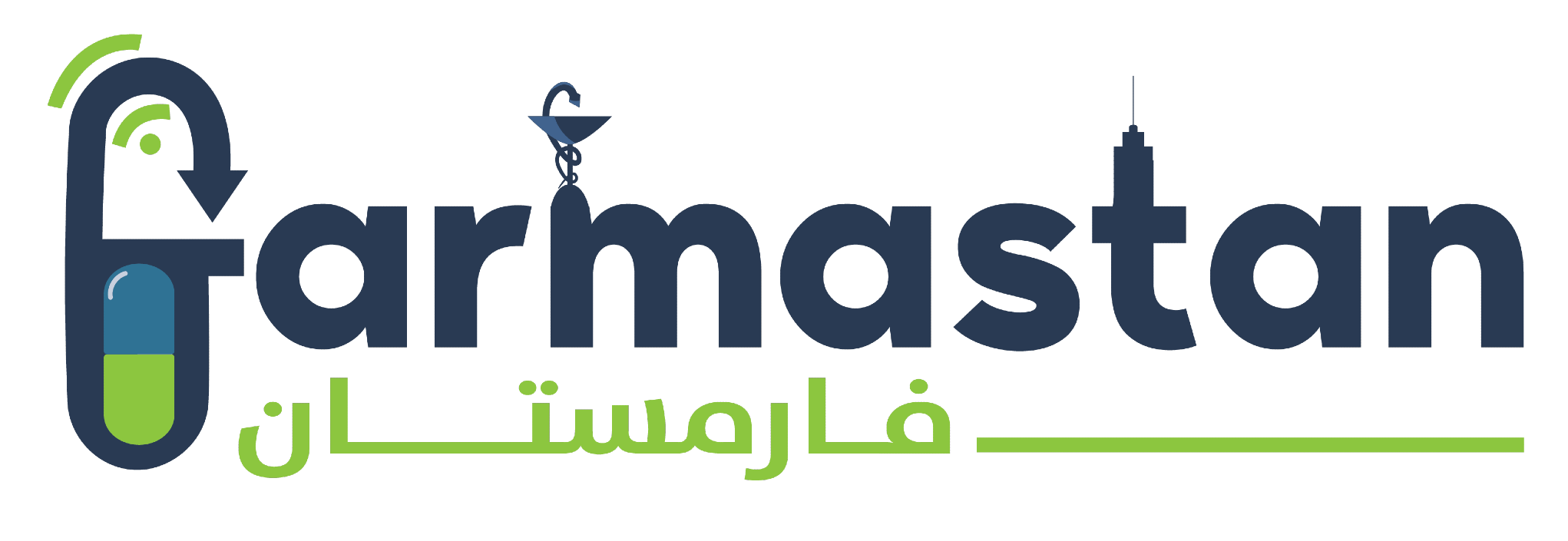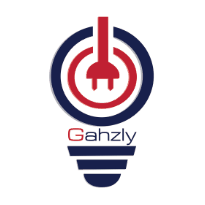Overcome ADHD and Autism Without Drugs
[ad_1]
ADHD symptoms include inattention or hyperactive-impulsive behavior that is abnormal for that age level and persists for more than six months.
Symptoms of autism include impaired social interactions, impaired verbal and nonverbal communication, problems processing information from the senses, and restricted or repetitive patterns of behavior.
The causes of ADHD and AUTISM range from sensitivity to vaccinations, digestive tract changes, the body’s inefficient use of vitamins and minerals, environmental toxins, electromagnetic pollution from cell phones and cordless phones, food intolerances, medications, head trauma and extreme stress.
Neuroscience and brain hemisphere research has shown that the parts of the brain control movement also control cognition and emotion. Even minor delays in sensory motor development any child can cause dysfunction in behavior and learning. The brain stem, at the base of the brain, relays messages to other parts of the brain for movement and sensations. The cerebellum, a cauliflower shaped organ at the top of the brain stem, controls balance and coordination. The frontal lobe, the front one third of the brain, is responsible for initiation, planning/anticipation, follow-through, impulsivity control, judgment, reasoning, abstract thinking, smell, motor planning, personality, emotionality, speaking, integration of thought and emotion, and self-monitoring. If a child has to use all his energy to keep his body and emotions under control, then he will have little energy left to focus on the thinking tasks required of him in school.
Regardless of the causes of ADHD and autism, families of children with these developmental disabilities much find the best treatment available. Many therapists are finding that brain integration therapies which integrate primitive reflexes serve to stimulate the brain and improve attention, balance and coordination. This in turn frees the child to focus in school and improve behavior.
Primitive reflexes are designed to help the baby survive. Rooting and sucking and swallowing are all reflexes that allow the baby to feed. In response to a sudden fall or a loud noise, the baby throws out arms and legs. This startle reflex is called the Moro reflex. Postural reflexes develop as the child learns to coordinate sensory input and to crawl. These reflexes help the child to stand and to sit upright and to develop conscious or voluntary control. By the age of two, if the child was given ample opportunity to move freely, these reflexes should be integrated.
There is a feedback loop in the brain from the brain stem to the frontal lobe that helps integrate sensory input and movement. Our emotions, language abilities, impulse control and higher level thinking skills such as reasoning, planning, organizing and problem solving depend on this loop to be functioning well. As a flower depends on its veins to carry nutrients from the roots to the leaves and then to carry the sugar that the leaves produce back down through the stem, so we depend on our neurological net to be running smoothly in order to function at our best.
At the top of the brainstem is the basal ganglia, which enables us to sit still. The basal ganglia has nerve nets connected to the thalamus, the cerebellum and the frontal lobes, all of which have a role in learning, motor control, and emotions. So, if certain developmental processes are not in place, then sitting still actually lulls the child to sleep. The child must move constantly in order to focus and concentrate on what he hears. In order to compensate for this, many schools are providing balls as chairs in classrooms to improve learning. But, brain integration therapies actually correct the problem by stimulating the brain.
There are several organizations that offer drug free therapy for ADHD and autism, and other developmental disabilities.
The HANDLE Institute (Holistic Approach to Neurodevelopment and Learning Efficiency) provides a sensory and motor-based program for children with neurological disorders. Many of the movements in this program target integration of postural reflexes and correction of the vestibular system (the system in the inner ear that is responsible for balance and spatial organization).
The MNRI method (Masgutova Neuro-sensory-motor Reflex Integration) was developed in Poland by Dr. Svetlana Masgutova, Russian psychologist. The main goal of the Masgutova Method is to activate developmental processes through the integration of primitive reflexes and primary motor patterns with natural learning resources. Dr Masgutova runs camps in Poland for families with children suffering from neurological disorders such as Autism and ADHD. Children receive six hours of motor and sensory reeducation in the course of a week. This allows them to go back to the early developmental patterns they missed and fill in the gaps. Parents receive training in how to work with their child for continued development. This July, Dr Masgutova will be bringing her Family Camp to Plymouth, Minnesota.
Rhythmic Movement Training is another form of brain integration therapy. It was developed by Kirsten Linde,a Swedish psychiatrist, Dr. Harald Blomberg,also a Swedish psychiatrist, used it for himself to overcome the effects of polio. He has been successfully treating children with ADHD, Autism and other neurological disorders for over twenty years without the use of stimulant drugs and has received approval from the Swedish Medical Board. Rhythm and pattern stimulates the development of the cerebellum and basal ganglia. This produces greater symmetry, smoothness, coordination of movement, which in turn supports behavior and learning.
My son, Angel, has always been excessively hyperactive. He literally climbed the walls everywhere we went. My mom was ashamed to take us to restaurants because he spent most of the time throwing silverware and crayons across the room and rearranging the furniture. I received constant phone calls about Angel’s behavior in preschool and kindergarten. I was at the end of my rope.
After learning about the benefits of an additive free diet and seeing the benefits of Rhythmic Movement Training at my preschool from certified RMT instructor, Mary Gazca, I decided to eliminate food additives from my family’s diet and regularly do the exercises with my son at home.
I found that I was able to handle stress better and learn new skills, like drawing and organizing and setting appropriate boundaries with manipulative people. Now as I work from home I am able to plan my day efficiently. When I take my son to public places, like church or gatherings with other children, I can actually interact with other adults without having to worry about who Angel is going to hit or where Angel is going to climb. Simple handwriting homework that used to take 30 minutes to an hour, complete with pencil banging, rocking in the chair, and doodling has been reduced to 10 or 15 minutes.
As scientific research reveals the importance of the role of the parts of the brain that control movement and behavior, more and more parents of children with autism and ADHD are seeking help from brain integration therapy instead of drugs. Parents can work with their children doing simple, fun exercises and begin a journey to find relief from the stress that these developmental disabilities cause and reach toward higher learning.
[ad_2]

يسعدنا زيارتكم صفحاتنا على مواقع التواصل الاجتماعي حيث نقوم بنشر عروض حصرية على موقعنا الالكتروني.
صفحتنا علي الفيسبوك هنا.
حسابنا على تويتر هنا


Leave a Reply
You must be logged in to post a comment.